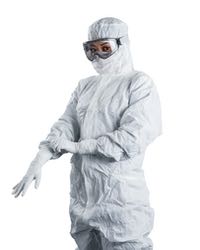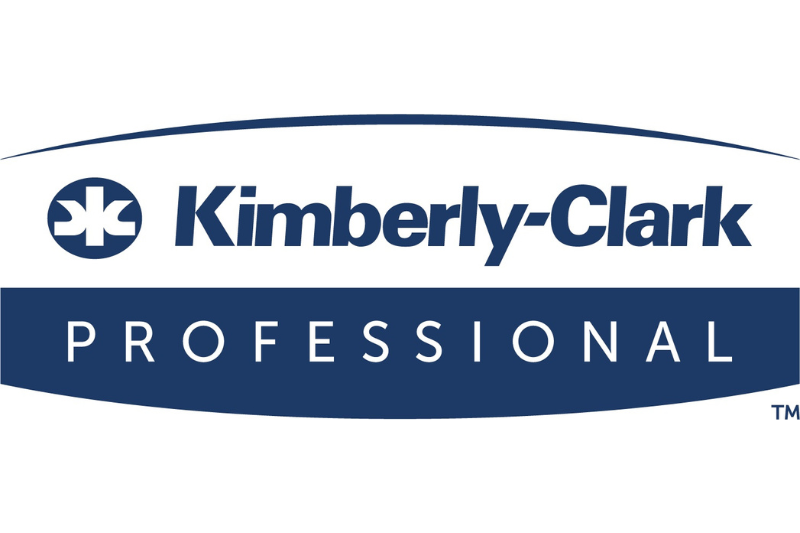Updates to the EU GMP Annex I, the guidelines governing medicinal products in the European Union, are in the works, and when they take effect sterile products manufacturers will have to adhere to new and more stringent requirements to minimise the risks of microbiological, particulate and pyrogen contamination.
The new guidelines cover a range of areas and procedures with a focus on "appropriate environmental cleanliness levels". Much of the guidance concerns people and the risks they pose to sterile environments. No surprise there as people are the number-one contamination source in a cleanroom environment. The facts of the matter are well documented.
- People account for 46% of all particle contamination
- People shed 1 billion skin cells per day
- People generate 5 million particles greater in size than 0.3 μm when moving
The contamination factor
Microorganisms introduced into a cleanroom environment need only three things to grow - moisture, food and opportune temperature - all of which exist in a cleanroom. Therefore, incoming air, water, chemicals and materials must be filtered or sterilised so as not to spoil processes or products in production.
The cleanroom operator also must be "filtered" to protect the process. Fortunately, this is a contamination risk that can be mitigated by using the appropriate apparel.
The options on the market are many, hence the need for innovative solutions for sterile single-use cleanroom apparel that protect the environment from viable particles - bacteria and yeast - and non-viable particles - hair and dead skin cells. In this way the stringent guidelines in the latest updates to Annex I can be more readily addressed.
The following are four key considerations addressing specific criteria as per the guidelines:

ANNEX I - 4.10: "Prior to use, sterile garments should be checked for sterility and packaging integrity."
Vacuum packing is one way to deal with this issue. The Kimtech A5 by Kimberly-Clark Professional sterile cleanroom apparel is the only apparel on the market that uses this solution. The vacuum packaging is not only a way to extend the sterile validity but also acts as a visual sterility breach indicator. This method ensures that the Kimtech A5 sterile cleanroom apparel is sterile each time.
ANNEX I - 4.11: "The clothing and its quality should be appropriate for the process and the working area. It should be worn in such a way as to protect the product from contamination."
The Kimtech A5 sterile cleanroom apparel is certified as Class I for particle release (Helmke drum test), with 96% bacterial filtration efficiency (BFE) and 94% particle filtration efficiency (PFE). The proprietary Clean-Don technology is a line that includes features to help facilitate the gowning process. The technology ensures donning is simple to learn and follow, minimising contamination during the process.
ANNEX I - 4.12: "Garments for Grades A/B should be folded and packed to minimize contact with the outer surface when gowning."
The Kimtech A5 sterile cleanroom apparel is uniquely configured with inside-out folding, and with arms and legs pre-drawn and snapped in position. The user benefits from this design as it helps reduce the risk of touching the outside of the suit or any other surface while gowning. Additionally, with Clean-Don, there is a blue line indicator guiding the operator throughout the whole donning process to grasp the correct part of the garment.
ANNEX I - 4.16: "The ambient temperature and humidity should be set to prevent shedding due to operators becoming too cold (leading to excessive movement) or too hot."
The Kimtech A5 SMS (Spunbond/ Meltblown/Spunbond) fabric provides strong, cloth-like comfort and a powerful barrier against fine particles and liquids. Its middle layer acts like a filter that traps particles while still maximising airflow to keep the wearer cool and comfortable.
So, while allowing transpiration - to help the body conditions remain in the ideal condition for comfort and sterility - the fabric properties avoid the creation of a favourable environment for bacteria to proliferate in specific body areas.
The new guidance described in the EU GMP Annex I are all pointing in the same direction: contamination risk mitigation is key. To protect your process, your product and your people it's essential to use the most relevant sterility solutions available.
Not all sterile cleanroom apparel were created equal and that's why it's crucial to select the right garment that controls contamination and gives workers the assurance to do their best work.





